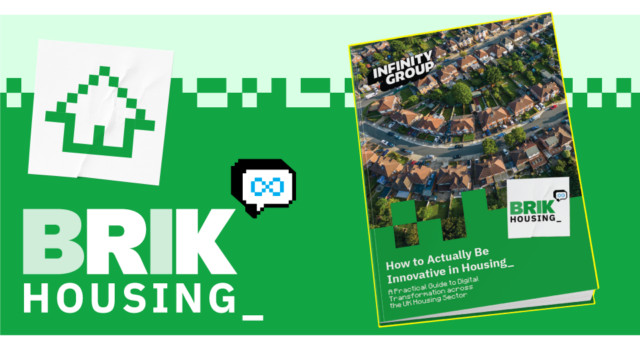“The BRIKHousing solution goes a long way to meeting our demands of an integrated housing management system and breaking through the silos of departmental operations.

How to improve system integration in housing management_
Housing associations must manage a lot of data across multiple tenants, partners, suppliers and stak...

We would love
to hear from you_
Our specialist team of consultants look forward to discussing your requirements in more detail and we have three easy ways to get in touch.







